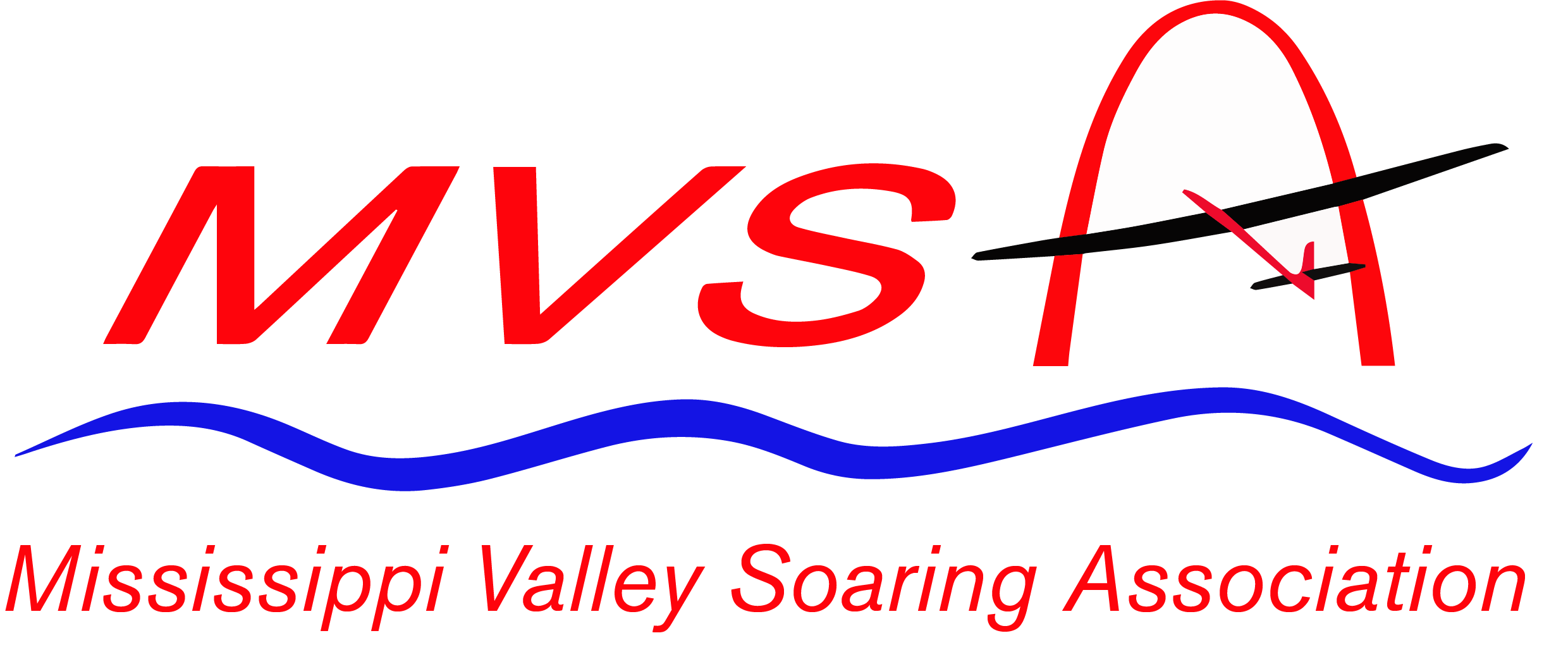
Bill
Your estimate of 6 pounds pull for the Opal is right on. When Bill Ott as the question I contacted Peter Goldsmith, the Opal designer, and he said 6 pounds is good but do not exceed 8 pounds.
Larry Anderson

On Sat, Apr 25, 2020, 22:52 William Coalson wrote:
For a plane built of balsa, spruce and plywood, the rule of thumb is pull tension around 5 times the weight of the plane. A carbon fiber molded plane designed for winch launches can go much higher than that.
Your 14 ounce Opal would be 4.4 lbs by the 5x rule, but I’d think would be OK with the standard 2m rubber, which is 1/8″ ID, 1/16″ wall thickness latex tubing and gives nominally 6 lbs. pull. Some other 2m woodies, like my Gentle Lady, are quite a bit heavier than your Opal and need the 2m competition rubber. It’s 1/8″ ID, 3/32″ wall thickness with 8 to 10 lbs pull.
A key concept for getting the most out of a high start is to stretch it 3 times it’s relaxed length (i.e. total stretched length is 4 times the relaxed length). A common 100 foot rubber would be stretched to be 400 feet long. Choose a rubber that is near 5x plane weight when stretched this far. If you stretch a stronger rubber half as far in order to keep the tension at the right value, the launch height will be about half as much as you’d get with the properly chosen lighter rubber stretched the full 3 times it’s length.
As to your step length, just count the number of steps for you to walk the length of the relaxed rubber, then multiply by 3. The result is the number of steps to take during the pull back. This works for any step length, big or small. Each of us will get a different number of steps.
Bill Coalson

